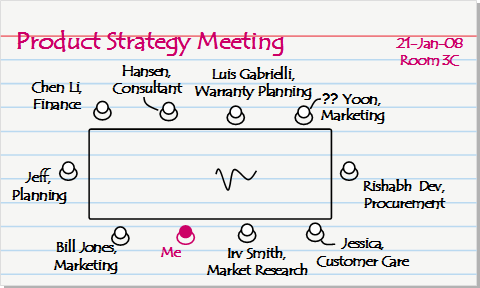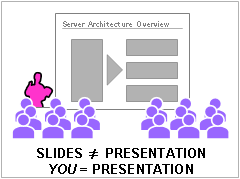I despise being asked “What do you do for a living?” when I first meet someone.
I didn’t like being asked “What does your dad do?” while growing up in India.
Many people routinely use this question as a conversation-starter with strangers. It could be argued that they intend to learn of somebody’s area of expertise or interests and then engage them in a meaningful chat.
However, this question is often about indirectly sizing up the other’s socioeconomic status. People may be assessing, “How valuable are you? How much money do you make? What is your social status? What is your financial status? Are you richer, smarter, and more powerful than I am? Am I above you or below you in the socioeconomic ladder? Are you worth my time?”
Look, we live in a judgmental world where a person’s identity is at first ascertained by what he or she does for a living. Nevertheless, when becoming acquainted with someone in an informal setting, conversations shouldn’t be about inquiring after the other’s livelihood or about scrutinizing the other’s standing in society.
Chatting with somebody in “socializing situations” should be less about discerning the details of the other’s life and more about building a bit of familiarity to initiate stimulating conversations, debates, discussions, and exchange of ideas about topics of mutual interest—prospects that will all be missed if the initial interaction starts with annoying cross-examinations.
So, let’s try to make a conversation without seeking to interrogate one another.
If you’re looking for clues to a person’s passions or areas of interest to engage them in conversation, start with simple questions such as “how do you know Maria and Joe,” “is this your first time in Chicago,” or “what does your name mean?” Wait for personal details to flow into the conversation naturally. Or, wait further into the conversation before popping the “what do you do?” question.

 If a speaker’s words and
If a speaker’s words and 

 Quite often, members of a team may realize that they have very little influence on the decision-making process and withdraw from active participation. However, the team buy-in on the decision to ensure prompt follow-up on expected contributions. Building consensus as part of the decision-making process, therefore, is one of the core team skills—for team members and team leaders.
Quite often, members of a team may realize that they have very little influence on the decision-making process and withdraw from active participation. However, the team buy-in on the decision to ensure prompt follow-up on expected contributions. Building consensus as part of the decision-making process, therefore, is one of the core team skills—for team members and team leaders. Last week, I attended a training seminar where the speaker stood by the side of a projection screen and behind a table where he had his laptop. He hardly moved from his position during the hour-long seminar. He was short and was barely visible from the back of the thirty-people room, as shown in the illustration. Despite his interesting content and compelling arguments, he was physically disconnected from his audience.
Last week, I attended a training seminar where the speaker stood by the side of a projection screen and behind a table where he had his laptop. He hardly moved from his position during the hour-long seminar. He was short and was barely visible from the back of the thirty-people room, as shown in the illustration. Despite his interesting content and compelling arguments, he was physically disconnected from his audience.